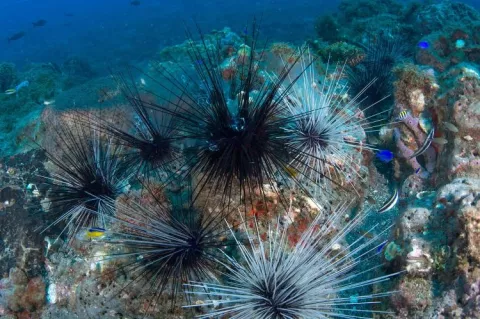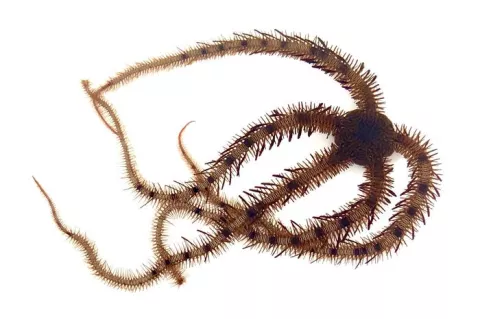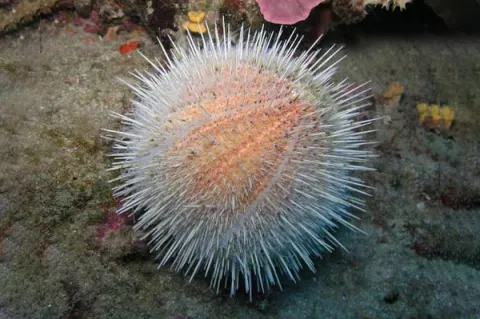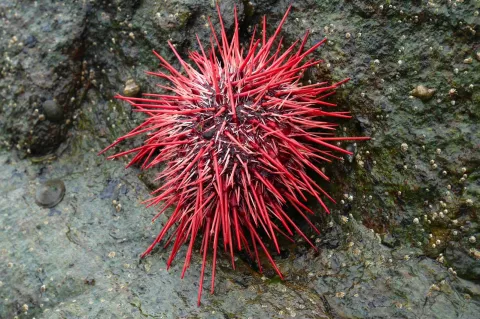Transglobal Spread of a Sea Urchin Parasite
The study identified the parasite that devastated 95 percent of long-spined sea urchins in affected areas in the Caribbean Sea two years ago. It burrows into the tissue of the sea urchins and triggers abnormal behaviour. The urchins droop and lose their ability to control their tube feet, which are crucial for movement. They lose their spines, then tissue necrosis sets in, leading to the death of the sea urchins.







